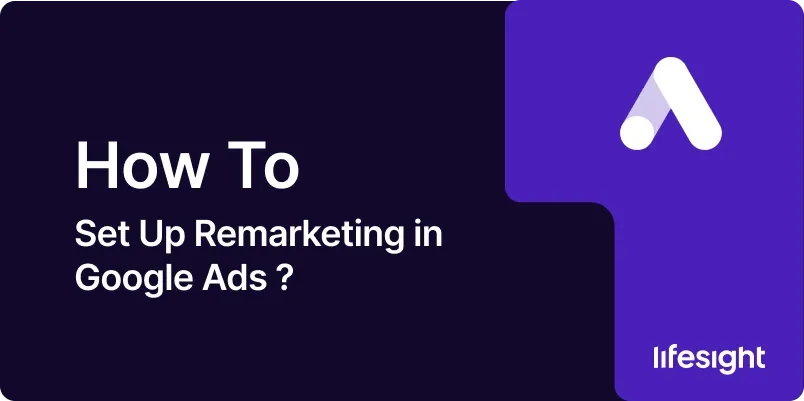
In the world of digital marketing, reconnecting with potential customers who have shown interest in your products or services can be made possible through Remarketing. Google Ads Remarketing is a type of online advertising that lets you show ads to users who’ve visited your website before. As visitors go browsing other websites, they get to see your ads, reminding them of what you offer and drawing them back to your site.
Setting up remarketing in Google Ads allows you to intensify your advertising to those who are already familiar with your brand leading them to convert or complete a desired action. It’s a proven effective advertising strategy and in this article, we will guide you step-by-step on how to it up:
Step 1: Determine Your Remarketing Goals
Before deploying any ad campaign, it’s crucial to understand your goals. Do you want to increase brand awareness, boost conversion rates, or encourage repeat business? Identifying your objectives in advance will guide your remarketing strategy.
Step 2: Enable Google Analytics for Remarketing
Firstly, sign in to your Google Ads account and click ‘Tools’ > ‘Linked Accounts’ > ‘Google Analytics’. Find the property you want to link and click ‘Details’. Under ‘Link’, switch ON ‘All website data’, then click ‘Done’.
Step 3: Create a Remarketing Audience
Now you can create a tailored audience to target via remarketing. On Google Ads, click ‘Tools’ > ‘Audience Manager’ > ‘Audience Lists’. Click on the ‘plus’ button and select ‘Website visitors’. Here, you can customize the audience with variables like who to include (users who visited a particular page, etc.), and the duration they stay on your list.
create-a-remarketing-audience-in-google-ads
Step 4: Create the Remarketing campaign
Now back on the Google Ads homepage, click ‘+New Campaign’, select ‘Display Network’ and choose ‘Sales’ or ‘Leads’. Following this, click ‘Standard Display Campaign’. Under ‘Audiences’, select ‘Browse’ > ‘How They Have Interacted With Your Business’ > ‘Remarketing’ and select the ‘Audience Lists’ you created.
create-the-remarketing-campaign
Step 5: Configure Your Campaign
Tailor your campaign’s settings like locations, budget, bidding, etc. Then, create your Ad Group and your Ad creatives. After this, you can review and launch your remarketing campaign.
Summary:
Setting up a Remarketing campaign in Google Ads empowers you to effectively reach potential customers who’ve shown interest in your business. It is imperative, though, to ensure that your campaigns are thoughtfully planned and strategically configured to achieve the desired objectives. Regular monitoring and adjustments based on performance will help optimize your campaign.
Free essential resources for success
Discover more from Lifesight


















